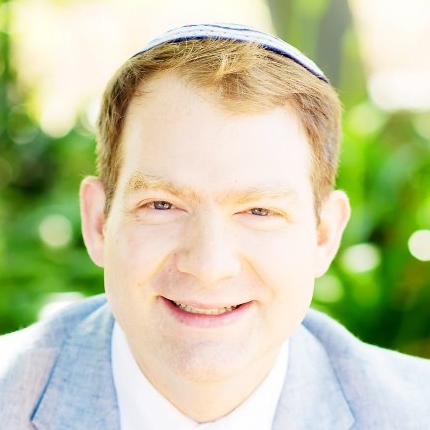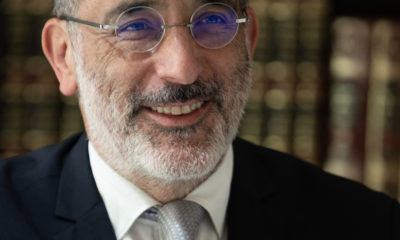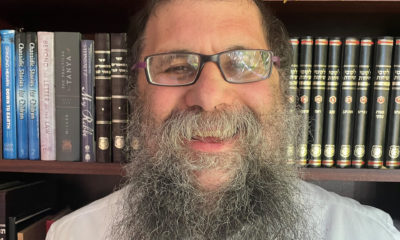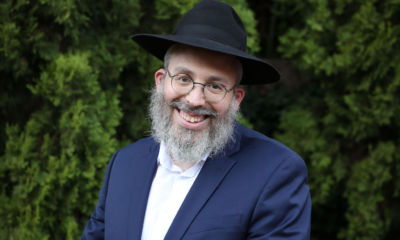
Religion

Seeing beside the seaside
It’s no coincidence, our sages say, that much of the story of the exodus revolves around water.
Jewish babies are cast into the river Nile, and even the one who survives (the infant who will become Moshe) is saved, ironically, by being placed in that river. Years later, when asking Hashem at the burning bush for proof that his mission is, indeed, divinely sanctioned, Moshe is given three signs: his staff becomes a snake; his hand becomes leprous; and water turns to blood. This is an obvious allusion to the first plague that is shortly to strike Egypt, as the river Nile itself becomes blood.
Rabbi David Forman points out that this is more than simply a punishment for the Egyptians or even a demonstration of Hashem’s power, it’s recognition of the pain and trauma suffered by the Jewish people for so many years. They were all witness to their beloved children being swallowed by the river while the Egyptians pretended that all was normal; now the murders committed by Egypt have come back to haunt it.
Well, that took an unexpectedly dark turn! But the story of the exodus – like all stories in the Torah – needs to be understood in terms of real human experience beyond the childlike way in which we first learn it.
Water returns as the source of the frogs in the second plague, but comes finally as the coup de grâce when the Jewish people cross the Sea of Reeds, the Egyptian army is washed away, and they sing to Hashem of his might and their freedom. The Maharal of Prague teaches us that this is the moment in which the Jewish people were born as a nation – the Sea of Reeds being the metaphorical birth canal.
Why does water play such a central role? One reason is a Kabbalistic one – water represents chesed (kindness and giving) and the theme of Pesach, the festival of the exodus, is Hashem’s chesed. The Jewish people (our sages teach) didn’t “deserve” redemption, lacking as they were in spiritual merit, though they sorely needed to be saved. To help someone in such a situation isn’t justice but kindness and compassion – surely some of the most precious attributes Hashem has given us?
It’s human nature to be hopeful – even expectant – of kindness towards us, but to want to weigh others on the scale of justice. “You want a favour from me? After the way you treated me? I’m sorry, if I would help you, I would have to help everyone like you.”
Rabbi Lord Jonathan Sacks taught us that chesed is “love as deed”, love not as a feeling in the heart but as a living expression of that feeling. Living in Cape Town, by die see, I enjoy the magnificent and ever-changing water of the ocean. We know, but need sometimes to be reminded, that with all that we are going through, Hashem is so very kind to us. This Pesach, may we all deeply feel Hashem’s love for us and for all of His creation, and may we all merit to channel that love on towards others.
Chag sameach!
- Rabbi Sam Thurgood is the rabbi at Beit Midrash Morasha @ Arthur’s Road.










